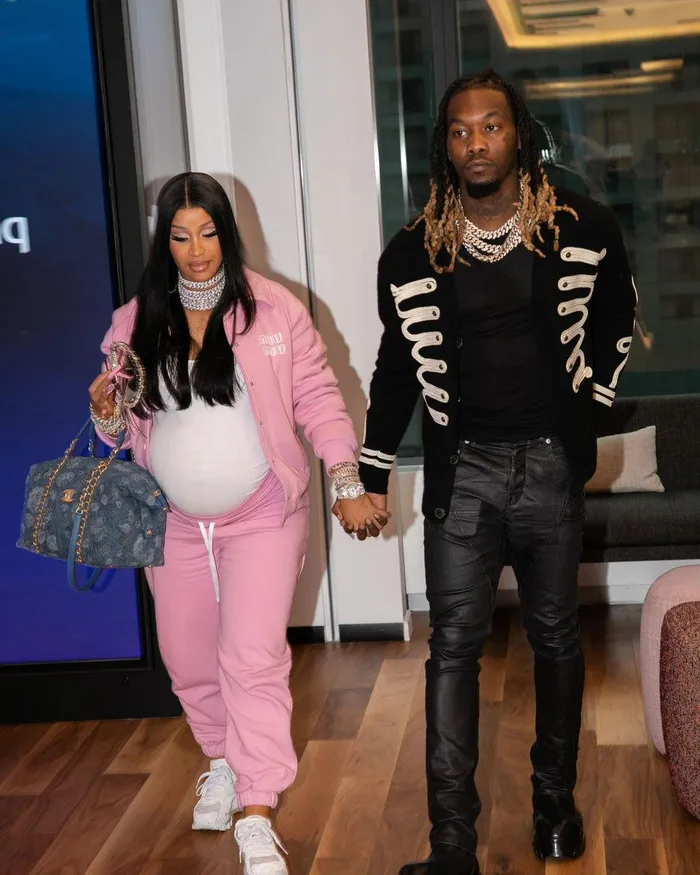

Inside Eminem’s Darkest Hour: How a Secret Battle With Prescription Drugs Nearly Cost Him His Life
The world knows Eminem as one of the greatest rappers of all time, a lyrical genius who turned his personal pain into poetic fire. Yet behind the fame, fortune, and fast-paced lifestyle, Marshall Mathers fought a hidden war that nearly ended everything. His battle with prescription drugs was one of the darkest chapters in his life, a struggle that revealed the fragile line between success and self-destruction.

The Rise of a Legend and the Seeds of Struggle
Before his addiction took hold, Eminem’s career was a meteoric rise. From his breakthrough album The Slim Shady LP in 1999 to the cultural phenomenon of The Marshall Mathers LP, he quickly became a household name. His lyrics spoke about anger, poverty, and resilience, giving voice to millions who felt overlooked. But beneath the glory, pressure built up. Fame brought with it intense scrutiny, legal battles, and the never-ending demand for more music.
During this period, Eminem turned to prescription drugs not as a way to party but as a desperate attempt to cope. Painkillers initially helped with physical exhaustion from touring and performing. Yet what started as relief soon became dependency, a silent chain that dragged him deeper into a dangerous abyss.
The Spiral Into Addiction
Eminem’s drug of choice was Vicodin, Ambien, and Valium, among others. Unlike the stereotypical image of a rockstar drowning in alcohol and illegal substances, his addiction was deceptively quiet, hidden behind pharmacy bottles and medical justifications. For years, fans, friends, and even family had little idea of how severe the situation had become.
As his tolerance grew, the rapper needed larger doses to achieve the same effect. It wasn’t about getting high—it was about avoiding withdrawal and the unbearable crash that followed. By the mid-2000s, Eminem was trapped in a cycle of using just to function.
He has since admitted that he would take handfuls of pills without considering the risks. “The numbers just went up and up,” he confessed in an interview years later. What fans saw on stage was an artist at the top of the world, but offstage, Marshall Mathers was slowly losing the fight for his life.
Personal Losses and the Weight of Grief
The addiction worsened after the death of Proof, Eminem’s best friend and fellow rapper from D12, who was shot and killed in 2006. Proof had been his anchor, a brother in music and in life. Losing him pushed Eminem into an even darker place. Instead of healing, he buried his pain beneath pills, using them as both shield and escape.
At the same time, his relationship with his ex-wife Kim Scott remained volatile, and his struggles as a father weighed heavily on him. To the world, he was Slim Shady, the unbreakable rap god. At home, he was a man crumbling under pressure, mourning his friend, battling his inner demons, and failing to find peace.
The Overdose That Changed Everything
By late 2007, Eminem’s addiction reached a breaking point. One night, after consuming a dangerous amount of methadone—a synthetic opioid far stronger than he realized—he collapsed. Doctors told him he had ingested the equivalent of four bags of heroin. His organs were shutting down, and his survival was nothing short of a miracle.
The near-death experience forced him to confront the reality of his choices. Eminem later admitted that he was only “two hours away from dying.” The incident shook not only him but also those closest to him, who realized they could lose one of the greatest voices in hip-hop history.
The Long Road to Recovery
Eminem’s recovery was not instantaneous. After the overdose, he attempted to quit cold turkey but suffered intense withdrawal symptoms. It was a period of weakness and despair, where even the smallest tasks seemed impossible. The man who once commanded stadiums was now struggling to get out of bed.
What changed his life was rehab, therapy, and the support of his family, especially his daughters. Becoming sober required him to completely rebuild his routine. He began exercising obsessively, replacing the highs of pills with the natural rush of running. Fitness became his therapy, a way to channel his addictive personality into something healthy.
But perhaps the greatest motivator was his desire to be a present and loving father. He didn’t want his daughters to remember him as the man who gave in to his demons. Instead, he wanted them to know him as someone who fought back—and won.
Relapse, Redemption, and Resilience
Recovery is never a straight path. Eminem admitted to relapsing at one point, but he also refused to let it define him. Each setback became a lesson, each temptation a test of willpower. Over time, he found balance and a renewed sense of purpose.
His music mirrored his journey. Albums like Relapse and Recovery became not just titles but reflections of his state of mind. They were raw confessions, filled with pain but also hope. Tracks about his addiction, overdose, and struggle resonated with fans who saw him not just as a superstar but as a survivor.
Music as a Lifeline
For Eminem, music was both weapon and medicine. Writing became a way to process his emotions, confront his demons, and reclaim his identity. While some critics argued his style had changed, loyal fans recognized the honesty in his lyrics. He no longer hid behind the outrageous persona of Slim Shady; instead, he revealed Marshall Mathers, a man who had faced death and lived to tell the tale.
Through his songs, he addressed the dangers of addiction openly, offering both warning and encouragement to those fighting similar battles. His vulnerability gave strength to countless listeners, proving that even the strongest can stumble, but also that recovery is possible.
The Legacy of Survival
Today, Eminem stands as one of the most influential artists of all time. But beyond the awards, record sales, and accolades, his sobriety is perhaps his greatest achievement. He has been clean since April 2008, celebrating over a decade of life without drugs.
His story has become a beacon for those struggling with addiction. By speaking openly about his darkest moments, he stripped away the stigma and showed that recovery is not weakness but power. Fans admire not only his lyrical skills but also his resilience, his determination to rewrite his life.

Conclusion: A Battle Won, A Life Reclaimed
The story of Eminem’s battle with prescription drugs is not just about a famous rapper nearly losing his life. It is about the hidden struggles behind success, the dangers of untreated pain, and the strength required to rise again. His near-fatal overdose could have been the tragic end to a legendary career. Instead, it became the turning point that saved him.
Eminem’s journey reminds us that even in the darkest hours, redemption is possible. His survival is not just a personal victory but a message to the world: no matter how deep the fall, there is always a way back. Through courage, honesty, and relentless willpower, Marshall Mathers transformed his greatest weakness into his most powerful story of resilience.


















